Missa Solemnis, op. 27 (parts)
Details
Description
SKU: A0.1277141
Composed by Adrian Gagiu. 21st Century,Christian,Classical,Latin. 282 pages. Adrian Gagiu #868829. Published by Adrian Gagiu (A0.1277141).Missa Solemnis in B major, op. 27 (orchestral parts).
Based on its Neo-classical style, this setting of the Roman Catholic mass text could possibly work as a festive mass (missa solemnis) with trumpets and timpani, and its duration would fit such a solemn service. However, its intense and sometimes dramatic treatment and universal addressability due to its well-known and rather concentrated text, yet also due to eliminating the „Filioque” (which would still fit the rhythm of the repeated „qui ex Patre”, should any Catholics ever wish to perform this as a mass) make it rather a „liturgical oratorio for all nations”, more appropriate in the concert hall.
The work has had a long gestation: imagined in 1984 after the composer’s first contact with Beethoven’s masterpiece, then sketched first in 1987-1989, and many of its themes date back from those years. Its working out is quite polyphonic, discretely modal and cyclical, and also full of centuries-old musical symbols traditionally associated with the setting of the mass text: e.g. unisons for the more dogmatical parts, Baroque dotted rhythms at the Nativity (the first coming of the King of Kings), „rex caelestis” and also at his Passion (whose setting is discretely inspired by folkloric Romanian laments), the „anabasis” gesture at „Gloria in excelsis Deo”, „et ascendit in caelis”, „in remissionem peccatorum” and the resurrection, a flute trill standing for the Holy Spirit who has come ’like a dove’ at „et incarnatus est”, a cross-shaped texture at „crucifixus”, and some word-painting (hushed sonorities at „et invisibilium”, anticipations between orchestra and chorus at „et exspecto” etc.). Moreover, certain symbolic roles are assigned to the instrumental groups when alone (the organ represents God the Father and transcendence, the winds and/or solo voices represent God the Son and humanity, and the strings represent the Holy Spirit).
„Kyrie” is restrained and soft, besides the powerful chords opening the respective sections of its tripartite, simple structure, and it leans towards Palestrina’s serene modality and counterpoint. „Gloria” begins with a colorful orchestral introduction depicting discretely the shepherds who kept watch over their flocks right before the Nativity, and then gradually the bright revelation. „Credo” has an orchestral introduction as well, but powerful, recurring and based on the beginning of the plainchant hymn „Pange lingua”, made famous by Mozart’s last symphony and by other Classical composers. Both „Gloria” and „Credo” end with extended, powerful and elaborate fugues („in gloria Dei Patris” and „et vitam venturi saeculi”, respectively) with dramatic modulations and sometimes with enthusiastic syncopations at odds with the words’ accents, a la Stravinsky. The same sections plus „Agnus Dei” end with soft quartal harmonies suggesting transcendent appeasement (similar harmonies appear powerfully at the beginning of „Sanctus”). „Judicare” quotes the beginning of the well-known „Dies irae” plainchant tune, and the Consecration between the „Sanctus” and „Benedictus” sections is represented by a contemplative prelude for solo organ, quoting Lutheran chorales, too. Another long orchestral introduction, suggesting the Last Judgment and based on traditional Byzantine hymns, opens „Agnus Dei”, which includes another quotation (the famous ’Dresden Amen’ at „qui tollis peccata mundi” and „dona nobis pacem”). In the final section, with its refined simplicity, the choral voices enter in descending order, and the „Kyrie eleison” theme is briefly remembered, then it ends softly and peacefully.
Total duration: 50 min. Performing Rights Organization: SOCAN. The mp3 audio clip is "Kyrie".
This product was created by a member of ArrangeMe, Hal Leonard’s global self-publishing community of independent composers, arrangers, and songwriters. ArrangeMe allows for the publication of unique arrangements of both popular titles and original compositions from a wide variety of voices and backgrounds.
Digital Downloads are downloadable sheet music files that can be viewed directly on your computer, tablet or mobile device. Once you download your digital sheet music, you can view and print it at home, school, or anywhere you want to make music, and you don’t have to be connected to the internet. Just purchase, download and play!
PLEASE NOTE: Your Digital Download will have a watermark at the bottom of each page that will include your name, purchase date and number of copies purchased. You are only authorized to print the number of copies that you have purchased. You may not digitally distribute or print more copies than purchased for use (i.e., you may not print or digitally distribute individual copies to friends or students).
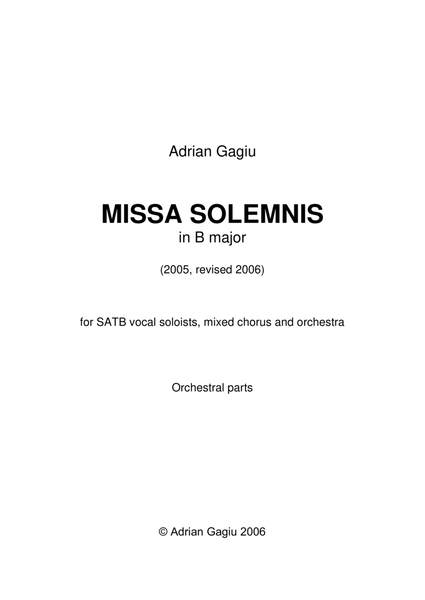
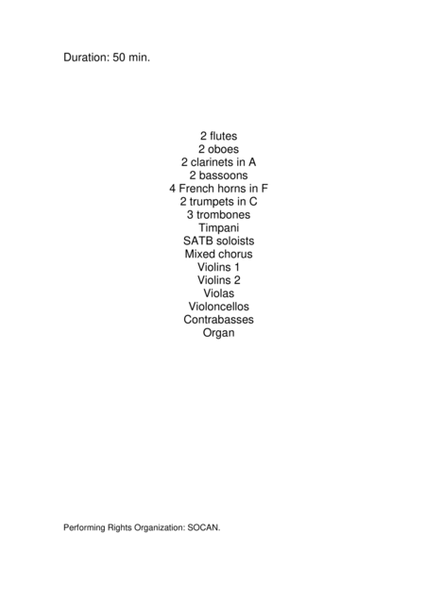
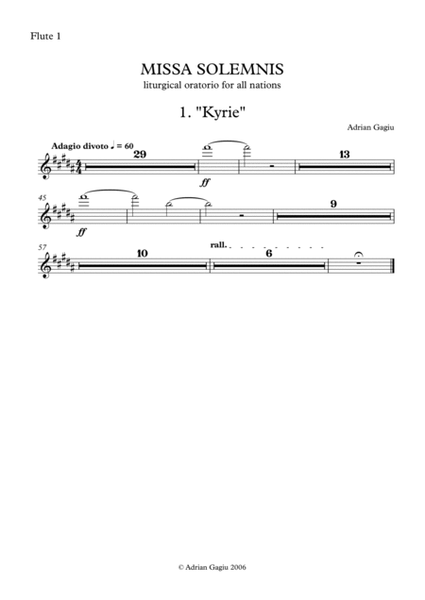
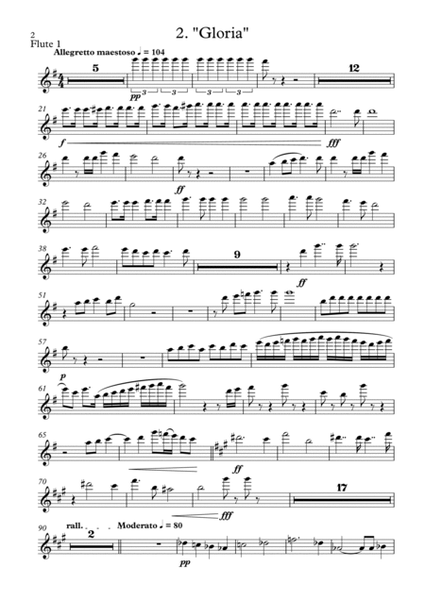
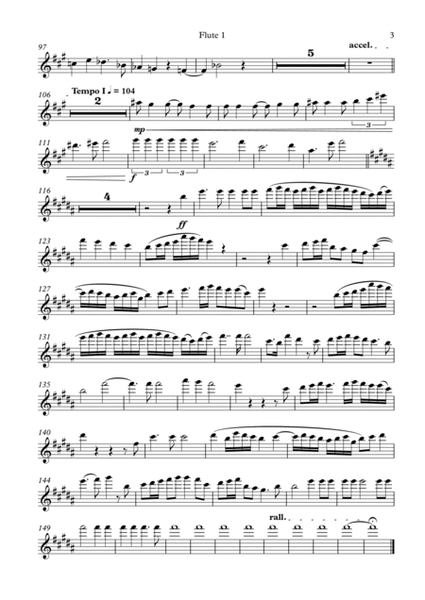
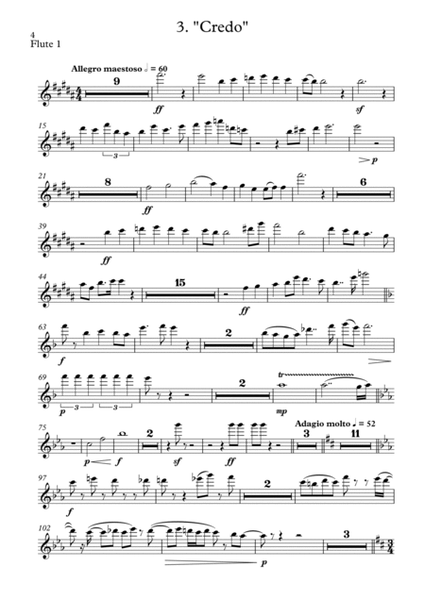
 Share
Share